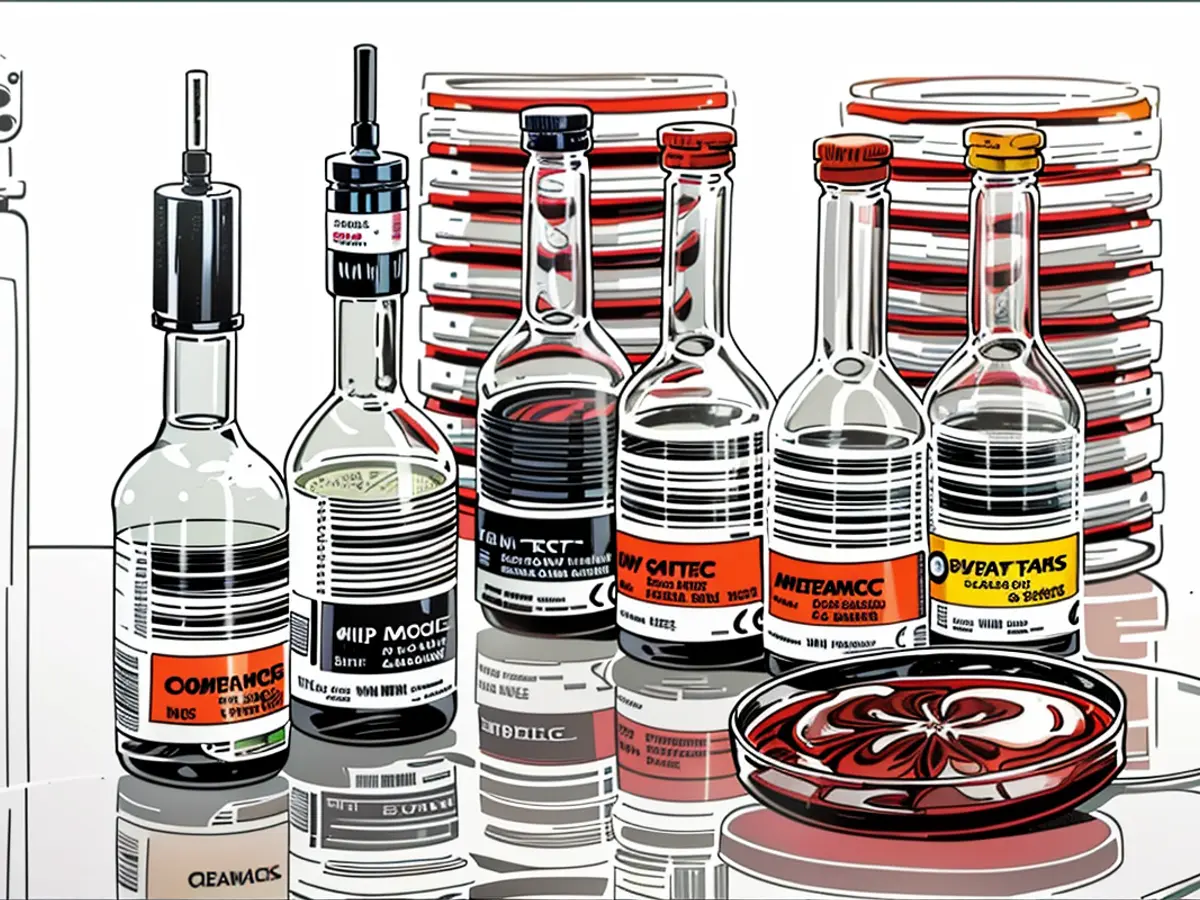Shortage of blood culture vials could impact patient care, CDC and FDA warn
These tests help diagnose bloodstream infections and related conditions such as sepsis and endocarditis. Identifying the type of bacteria or other microorganism causing the infection can help ensure patients are treated quickly with the appropriate antibiotics.
“This shortage has the potential to disrupt patient care by leading to delays in diagnosis, misdiagnosis, or other challenges in the clinical management of patients with certain infectious diseases,” the CDC said in a health advisory.
BD Life Sciences, the company that manufactures the products in shortage, first alerted health care providers about “intermittent delays” to supply in early June. The US Food and Drug Administration added the affected products to their list of medical device shortages two weeks ago.
According to the CDC, about half of all US laboratories use a blood culture system that is only compatible for use with the BD BACTEC vials.
On a call with clinicians hosted by the Infectious Diseases Society of America on Tuesday, Chris Beddard, vice president of microbiology with BD Life Sciences, said that “the issues are more complex” than originally communicated by the supplier, but the company is making certain adaptations – including a temporary shift from plastic to glass for some vials and strategies to manage allocation and transportation – that should help improve the situation by September.
Health care providers are recommended to develop plans to manage the situation “immediately,” the CDC said, using a set of recommendations to optimize their supplies and mitigate potential effects on patient care.
Blood cultures may be needed in a variety of health care settings, but experts say that hospitals will be affected most acutely; the tests are often needed to respond quickly to serious conditions.
Some studies have found that bloodstream infections have become more common in the US in recent years, and sepsis is known to be a leading cause of death in hospitals. It is a serious condition that can progress rapidly. Overall, the CDC estimates that at least 1.7 million adults in the US develop the condition each year, and at least 350,000 die as a result.
“In the short term, hospitals and health systems have ramped up their efforts to be good stewards of blood culture resources, including efforts to reduce waste and unnecessary usage. If those efforts are insufficient, hospitals will have to prioritize patients to receive blood cultures so we’ve been seeking advice from infectious disease experts in the field and at the CDC,” said Nancy Foster, vice president of quality and patient safety policy for the American Hospital Association. “Hopefully hospitals will never have to prioritize patients because our stewardship strategies and BD’s strategies to improve availability of supply will meet the need. But we must be prepared for the potential that we may need to prioritize, so clinical leaders are coming up with plans.”
Get CNN Health's weekly newsletter
Sign up here to get The Results Are In with Dr. Sanjay Gupta every Tuesday from the CNN Health team.
Vanderbilt University Medical Center has less than a week’s supply of blood culture vials available, Dr. Romney Humphries, medical director of the health system’s microbiology laboratory, said on the call with clinicians on Tuesday.
Completely running out of blood culture vials was a “very real possibility,” she said. But they’ve cut the volume of blood cultures by more than half with a few key mitigation strategies, including scaling the initial testing back to one culture instead of the standard two and waiting 48 hours to retest in most cases.
“I don’t think it makes any of us happy that we’re doing this, by any means, and I think it’s fairly important to say that that is absolutely not the standard of care, but we’ve been forced into a situation where we can’t provide the standard of care for this shortage,” Humphries said. “It does become a risk decision – is no blood cultures for any patient worse or better than having one set for all patients, and it’s an extremely difficult thing.”
The CDC advised health care providers to develop immediate plans to manage the situation, as about half of US laboratories use a blood culture system compatible with BD BACTEC vials. This shortage has the potential to disrupt patient care, leading to delays, misdiagnosis, or other challenges in clinical management.








